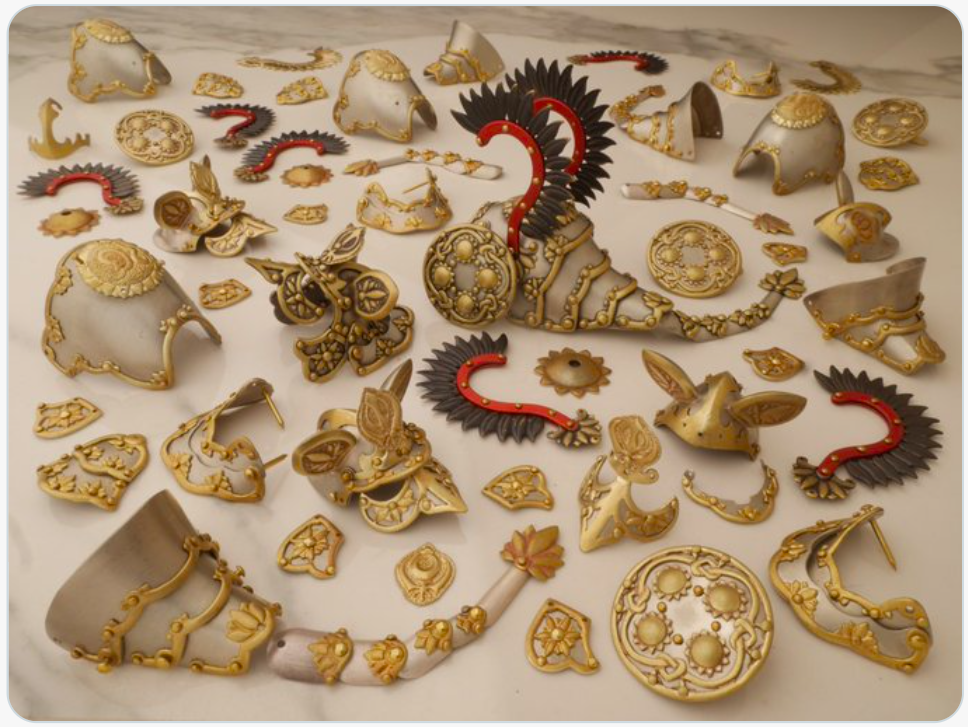In the nineteen-twenties, as George Orwell remembers it, “Paris was invaded by such a swarm of artists, writers, students, dilettanti, sight-seers, debauchees and plain idlers as the world has probably never seen. In some quarters of the town the so-called artists must actually have outnumbered the working population.” Along stretches of the Seine, “it was almost impossible to pick one’s way between the sketching-stools.” Legitimate or otherwise, these artists were genuine descendants of Claude Monet, at least in the sense that the latter pioneered painting en plein air, distilling art directly from the world all around him.
“When artists had to grind their own pigments or buy paints contained in fragile pig bladders,” says Evan “Nerdwriter” Puschak in the video essay above, “it was much easier to work in a studio. The advent of tubes of paint, like these flexible zinc tubes invented by John Rand in 1841, in which the paint would not dry out, enabled a portability that made outdoor painting easy and feasible.” As usual in modernity, a development in technology enabled a development in culture, but to show what kind of possibilities had been opened up took an artist of rare vision as well as rare brazenness: more specifically, an artist like Monet.
“Obsessed, most of all, with light and color, and the ways they register in the human mind,” Monet “rejected the popular conventions of his time, which prioritized line, color, and blended brushstrokes that concealed the artist’s hand in favor of several short, thick applications of solid color placed side by side, largely unblended.” His paintings, which we now credit with launching the Impressionist movement, show us not so much colors as “color relationships that seem to change and vibrate as your eye scans across the canvas.” But then, so does real life, whose constantly changing light ensures that “every few minutes, we experience a subtly different color palette.”
For Puschak, nowhere is Monet’s artistic enterprise more clearly demonstrated than in the so-called “Haystacks.” The series consists of 25 paintings depicting just what that name suggests (and which, belonging to Monet’s neighbor in Giverny, were well placed to catch his eye), each painted at a different time of day. Each image represents Monet’s attempt to capture the light colors just as he perceived them at a particular moment, straight from nature. Taken together, they constitute “maybe the definitive expression of the Impressionist movement” — as well as a reminder that, haystack or water lily, we never truly set eyes on the same thing twice.
You can now purchase a copy of the Nerdwriter’s new book, Escape into Meaning: Essays on Superman, Public Benches, and Other Obsessions.
Related content:
How to Paint Water Lilies Like Monet in 14 Minutes
Rare 1915 Film Shows Claude Monet at Work in His Famous Garden at Giverny
1923 Photo of Claude Monet Colorized: See the Painter in the Same Color as His Paintings
1,540 Monet Paintings in a Two Hour Video
Based in Seoul, Colin Marshall writes and broadcasts on cities, language, and culture. His projects include the Substack newsletter Books on Cities, the book The Stateless City: a Walk through 21st-Century Los Angeles and the video series The City in Cinema. Follow him on Twitter at @colinmarshall or on Facebook.

















